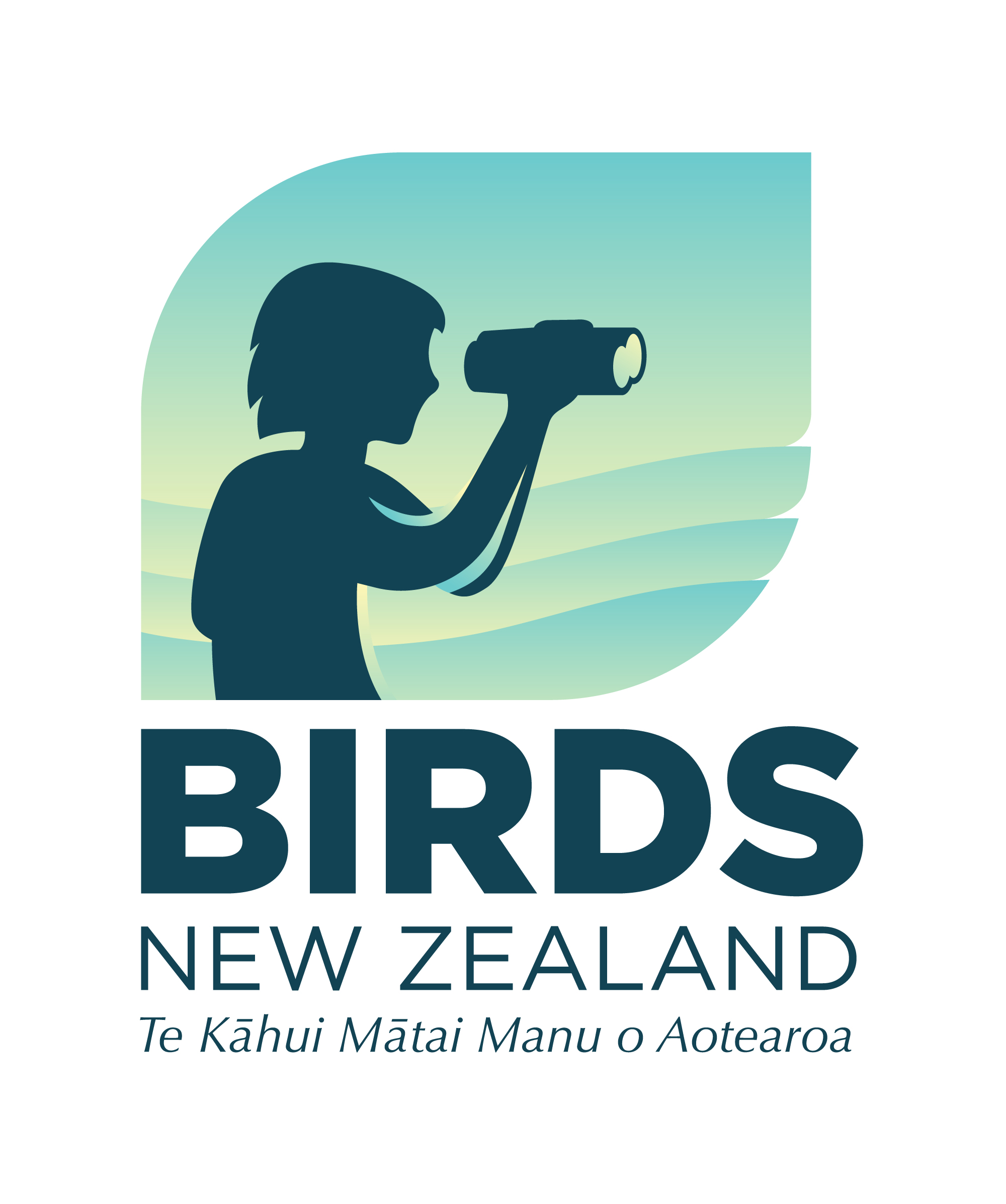Notornis, 54 (4), 237-238
Article Type: short note
[First paragraphs…] Lieutenant James Cook was at Dusky Sound in southern New Zealand for 6 weeks from Mar-May 1773 in the course of his 2nd voyage round the world. On board HMS Resolution with him were Reinhold Forster, the official naturalist on the voyage, and Forster’s son, George, as an assistant naturalist and natural history draughtsman (Beaglehole 1961). On 15 Apr 1773 Cook, accompanied by the 2 Forsters, set out from the Resolution to continue a survey of the northwest side of Dusky Sound. The party arrived back on board on the evening of the following day bringing with them “about 9 Shags, about 40 Waterhens, 27 Ducks, 1 Curlew, 1 Woodcock, 1 Sandpiper, 1 large Pigeon, several Pohebirds, two large Parrots, a Parrokeet, & several other small birds” that had been killed during the previous 2 days. Cook sent to “every Mess of petty-Officers a parcel of birds & gave some to his boats-Crew” (Forster, in Hoare 1982: 256-257). The success of the expedition prompted George Forster to observe that “there is no part of New Zeeland so well stocked with birds of all kinds as Dusky Bay” (Forster, in Kahn 1968: 104).Reinhold Forster, in his Descriptiones Animalium that was written as the voyage proceeded, included a commentary that covers the period of his 1st visit to New Zealand from 27 Mar-7 Jun 1773. In this, Forster included Scolopax gallinago among the previously-known birds they had met with in New Zealand: “A single Tetrao coturnix of the order of game birds came my way. I will list the others here: Anas strepera; Procellaria vittata; Diomedea exulans & palpebrata; Pelecanus carbo, graculus & bassanus; Larus naevius & fuscus; Ardea alba & jugularis; Scolopax gallinago; Haematopus ostralegus” (Forster 1772-1775:1: 97; Lichtenstein 1844: 61). Scolopax gallinago, now Gallinago gallinago, is the common snipe.
